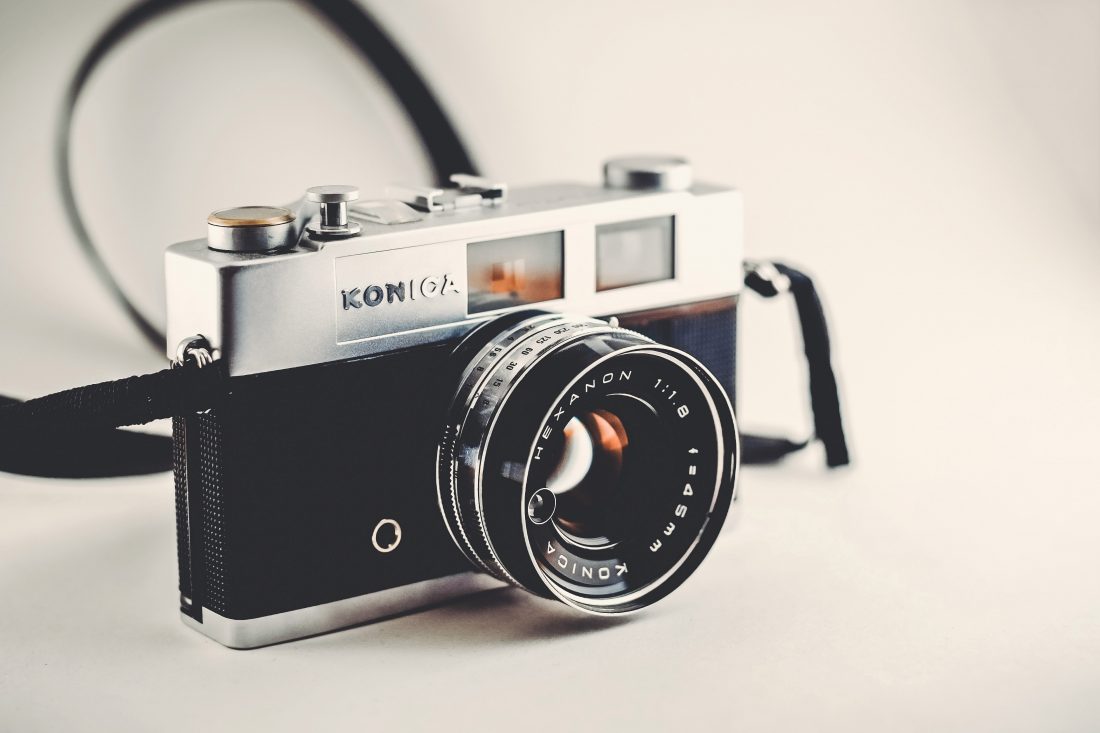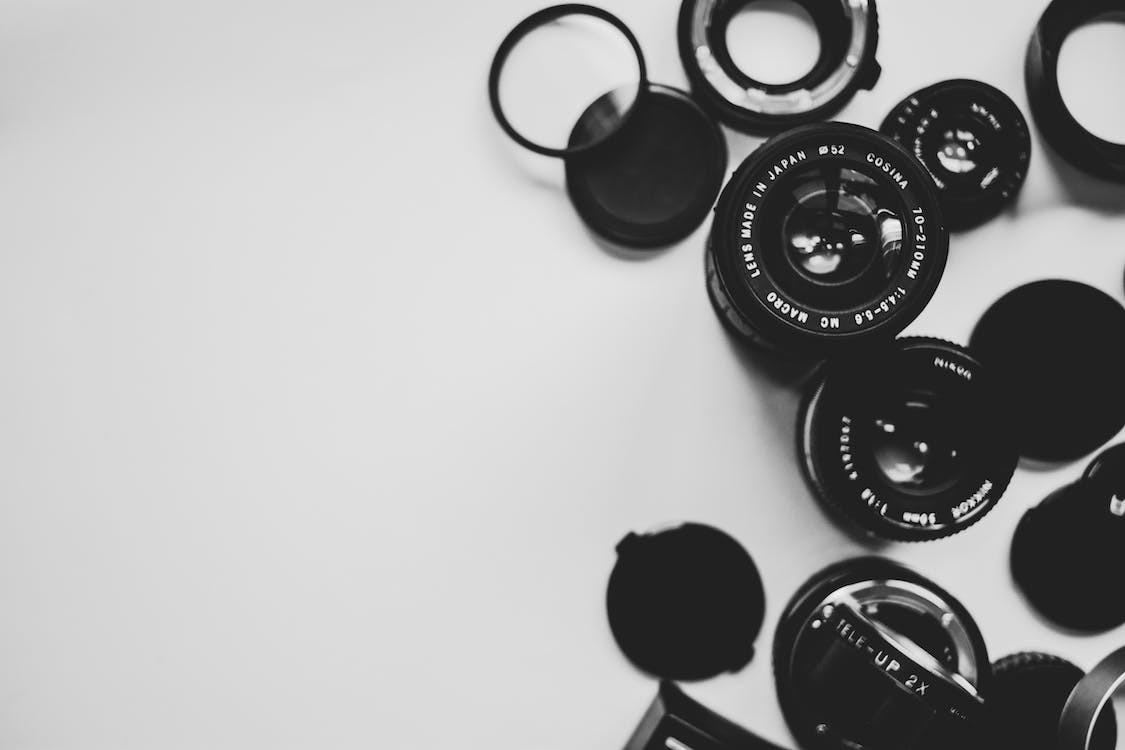
Introducing the Canon J II: A Look Back at a Post-War Classic
What is Canon J II?
Before we delve into the nitty gritty, let’s take a moment to define what exactly the Canon J II is. This piece of equipment is not a modern digital camera, nor is it a video camera. The Canon J II is, in fact, a film camera. A historical piece, the Canon J II was widely popular in the post-War era. This camera model, with the iconic Canon brand, represents an important part of photographic history. It offers a unique window into the evolution of camera technology, and serves as a reminder of the tangible, physical process involved in film photography.
Release Date and Price
The Canon J II was first introduced to the world in December of 1947, stepping into a rapidly changing and evolving market. At that time, the selling price for this remarkable piece of machinery was around JP¥19,800. From hindsight, this may seem like a bargain price for a camera that now stands as a collector’s item. However, considering the economic state of the time, this was quite an investment.
Practical Experience with the Canon J II
Having the opportunity to use the Canon J II is like taking a step back in time. As the film is manually loaded, one feels a connection to the past, a sensation that’s missing in today’s digital sphere. The viewfinder, while not as crystal clear as today’s models, gives the user a unique perspective on the world. While it might take some time for modern users, who are accustomed to digital conveniences, to get used to this historic tool, the reward is a sense of accomplishment and a link to the past.
Noteworthy Features
Amidst those charming features, one aspect truly stands out about the Canon J II: its lens. Equipped with a Serenar 50mm f/3.5 lens, this camera provided a quality of image that stood out during its time, and is still admired by vintage photography enthusiasts today. Yet, one cannot underestimate the importance of proper knowledge in using and maintaining these vintage lenses to ensure their longevity.
In conclusion
In our modern era dominated by digital photography and instant sharing, there’s still something magical and nostalgic about a classic film camera. With the Canon J II, we not only have a functional piece of photographic history, but we also have a physical testament to the journey and development of photography as a craft and a tool. It is an essential chapter in the narrative of this art form, and still has a great deal to offer enthusiasts and historians alike.
